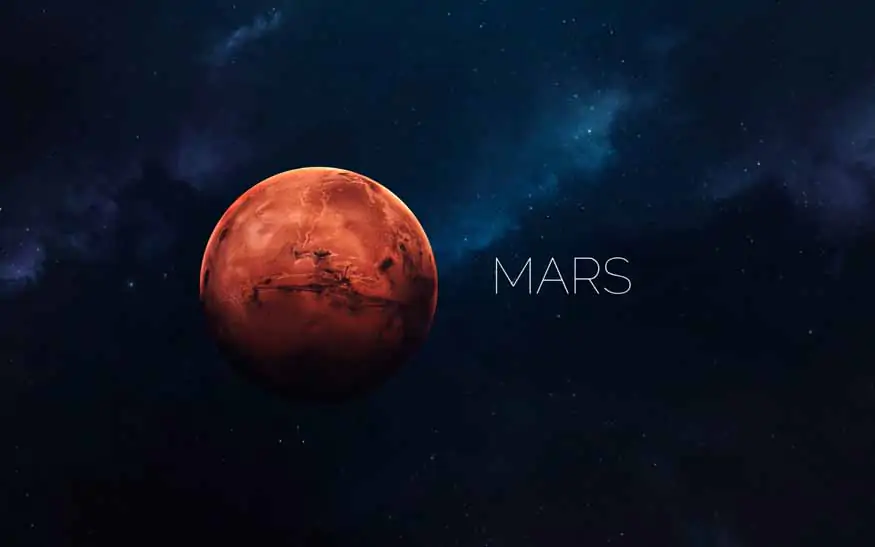risques-niger.org – The Red Planet has always been a subject of fascination and intrigue for humanity. Mars, with its stark landscapes and potential for past life, has beckoned explorers from Earth for decades. One of the most remarkable emissaries in this quest for knowledge is the Mars Science Laboratory’s rover, Curiosity. Launched by NASA on November 26, 2011, Curiosity landed on Mars on August 6, 2012, beginning a mission that has since revolutionized our understanding of the planet.
The Mission:
Curiosity’s mission is to determine whether Mars has ever offered an environment able to support small life forms called microbes. To achieve this, the rover is equipped with an array of sophisticated instruments designed to study the Martian climate, geology, and soil for biosignatures. Curiosity is also tasked with assessing the radiation on the surface and determining the planet’s potential for sustaining future astronauts.
Technological Marvel:
Weighing in at approximately one ton, Curiosity is the most advanced rover ever sent to Mars. Its design incorporates state-of-the-art technology, including a nuclear power source, a drill for collecting rock samples, and a suite of scientific instruments. The rover’s two main science tools are the Sample Analysis at Mars (SAM) and the Chemistry and Camera (ChemCam) complex. SAM can analyze organic compounds and gases, while ChemCam uses a laser to vaporize and analyze the composition of rocks from a distance.
Key Discoveries:
Since its landing, Curiosity has made several groundbreaking discoveries. It has found evidence of ancient streams and a lake that could have supported microbial life. The rover has also detected organic molecules in Martian rocks, which are the building blocks of life as we know it. Additionally, Curiosity has provided data on the Martian atmosphere and climate, revealing that the planet was once much warmer and wetter than it is today.
Navigating the Red Planet:
Curiosity’s journey across Mars has taken it through diverse terrains, from the landing site in Gale Crater to the foothills of Mount Sharp (Aeolis Mons). The rover’s progress is meticulously planned by scientists and engineers on Earth, who navigate Curiosity to scientifically interesting locations while avoiding hazards such as sand traps and sharp rocks.
The Future of Mars Exploration:
Curiosity’s mission is an ongoing effort, with the rover continuing to send back invaluable data about Mars. Its findings have paved the way for future missions, including the Mars 2020 Perseverance rover, which is tasked with collecting samples for potential return to Earth. Curiosity’s legacy will undoubtedly influence the next generation of Mars exploration, potentially leading to human missions in the coming decades.
Conclusion:
Curiosity’s exploration of Mars has been a monumental achievement in the history of space exploration. By studying the Red Planet’s past and present conditions, Curiosity has brought us closer to understanding whether Mars could have been a habitable world. As Curiosity continues its journey, it remains a beacon of human curiosity and perseverance, pushing the boundaries of our knowledge and inspiring future generations to reach for the stars.
